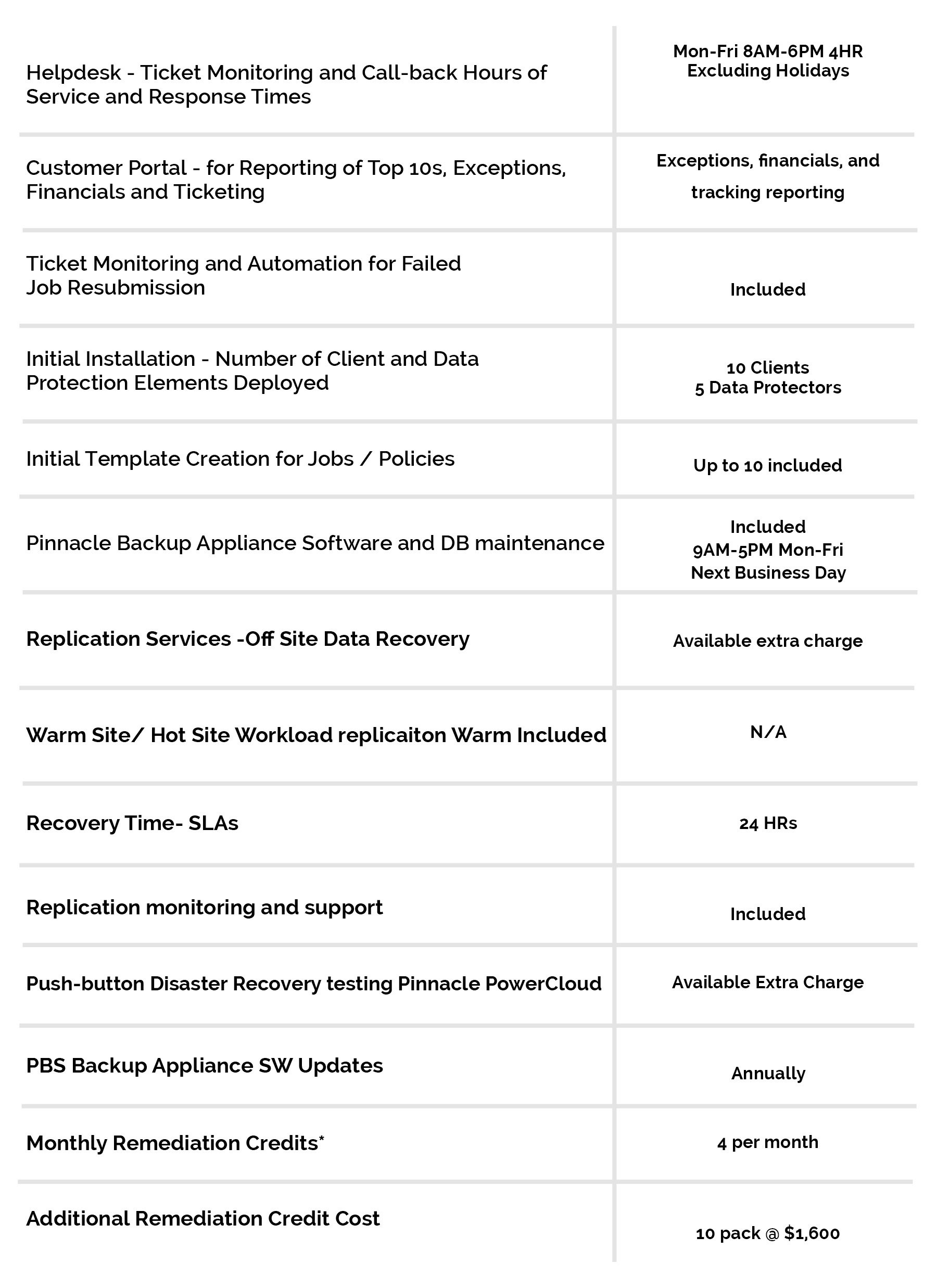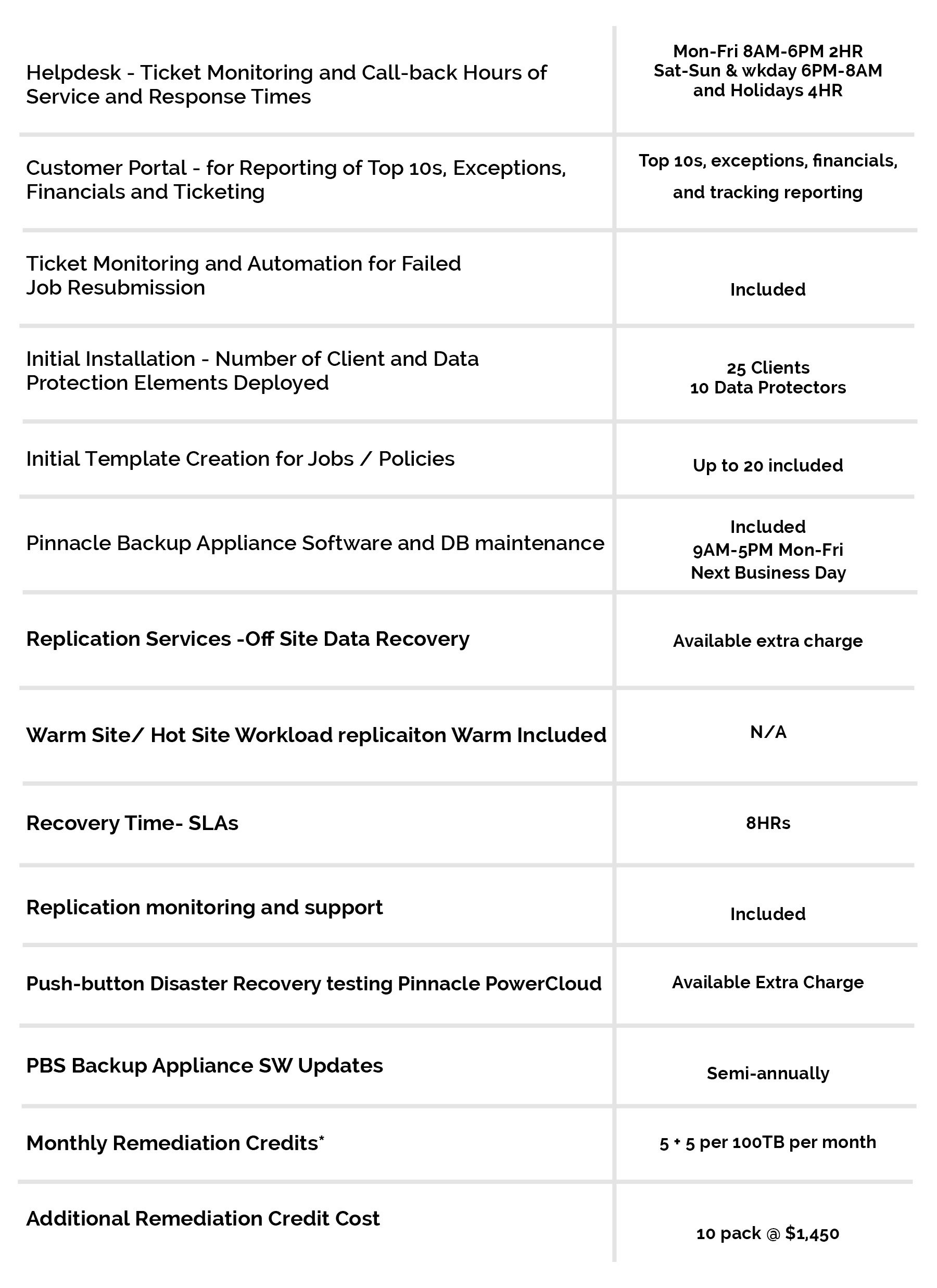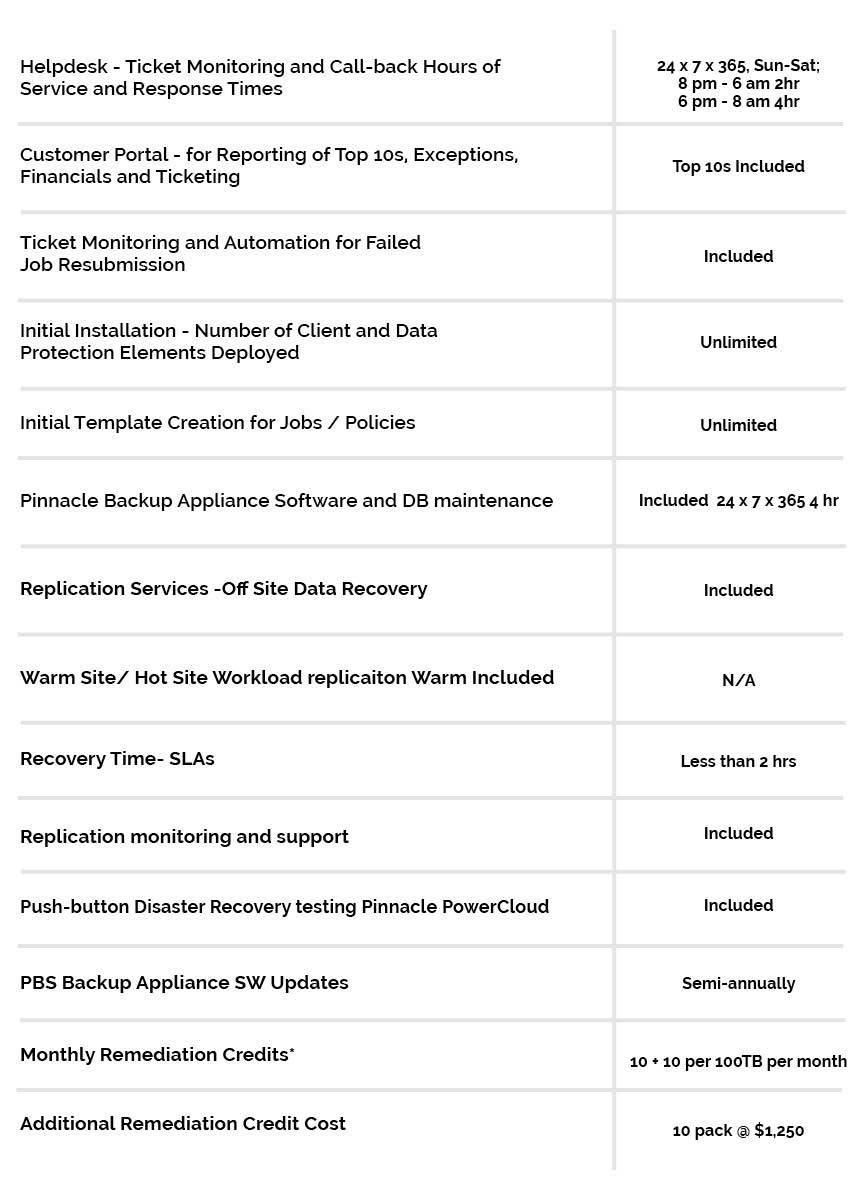01 Nov How server virtualization is impacting data center strategy
Data centers serve a significant purpose for virtually all businesses. As organizations start generating, collecting and analyzing more data and taking advantage of cloud environments, it’s becoming clear that these companies often don’t have the resources in-house to support these initiatives. While the demand for data center solutions continues to rise, industry and federal efforts are driving changes to consolidate these facilities while still delivering on customer expectations. Server virtualization is making data center strategies possible and shaping how these entities will operate in the future.
Mixed storage as a priority
Whether it’s sensitive business information or data pertaining to client behaviors, organizations are increasingly making security a focal point in their storage options. As businesses move more information to the cloud, there might be some items that simply aren’t applicable for that type of environment, making traditional servers a better choice for these files.
The good news is that more information is being moved to the virtualized environment. Numbers by Statista show that a combined 615 exabytes are stored in private and public cloud data centers, versus only 155 exabytes in traditional environments. The amount of data stored with virtualized environments is expected to increase over the next three years, and data center operators must adjust their strategies to accommodate this demand.
“Many businesses look to virtualization as a way to decrease their overall footprint.”
Meeting different business requirements
Modern data centers must be agile and scalable, ensuring that clients can easily adjust their capacity and move their information. Many businesses look to virtualization as a way to decrease their overall footprints. In traditional data centers, servers take up a lot of space and cost a lot to maintain. To make matters worse, some of these machines are sitting comatose or simply aren’t being fully utilized. Virtualization is a means to reduce the number of physical machines required to operate critical applications and store information. This will decrease the costs required to cool, power and support the hardware, decreasing the data center’s footprint. If a facility can’t accomplish this, it won’t be sustainable or valuable for future endeavors.

Data center virtualization will require physical and digital support.
Organizations must be able to easily access stored information to ensure business continuity and drive productivity. A study by VMware found that one-third of respondents improved operating efficiency by 50 percent or more through virtualization. In addition, more than 25 percent of businesses saved 50 percent of their time using virtual machines to perform day-to-day tasks. These benefits can translate to data accessibility when it’s needed most.
Virtualization has introduced major considerations for data center strategies, including the need to be agile, scalable and manage increasing amounts of data. Information generated by consumers, businesses and devices is only expected to increase, as is the demand for data center solutions to help manage it all. Virtualization has very real benefits to offer not only to data centers, but to any data-intensive organization. Pinnacle Business Systems has the expertise to migrate your information to a virtualized server and configure VMware solutions. To find out more about what virtualization can do for your data center strategy, contact Pinnacle today!





